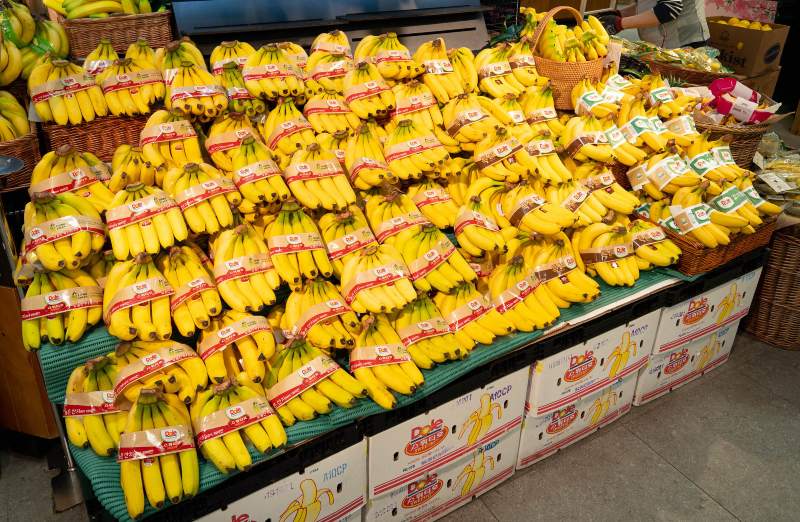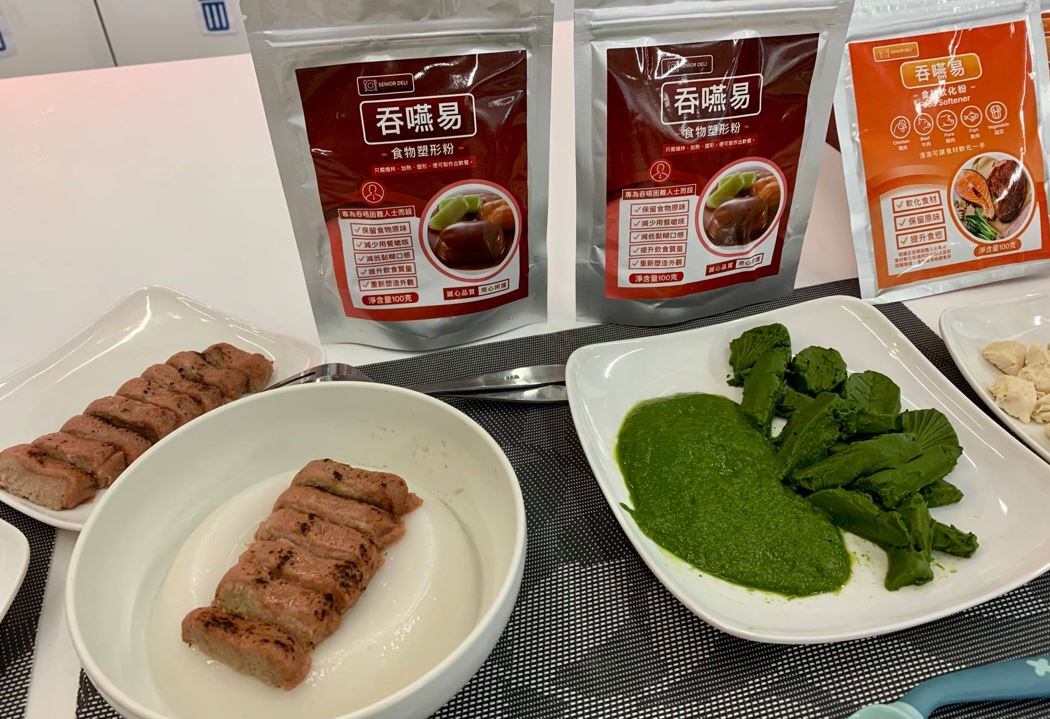It is a well-known fact that China’s immense population means that it is a major meat consuming country now and will continue to be in the future, bringing along struggles to meet local meat demands - prompting the government’s openness to cultivated meat.
“[China] suffers from food instability [with its] meat supply highly vulnerable to diseases, [as has been seen] with COVID-19 which is only the latest in many food-related diseases to hit it, from SARS to ASF which made pork prices soar 70% back in 2017,” investment firm Brinc’s Senior Advisor Mattan Lurie told the audience at the recent Cellular Agriculture: Asia Summit 2021.
“This is in addition to other challenges such as a heavy reliance on imported meat thus facing unreliable prices including due to trade wars, and limited cold chain logistics.
“So in the face of all this, China will likely be the largest consumer of cultivated meat globally [and there are already signs of this starting] such as the Ministry of Science and Technology highlighting cellular agriculture a key area in the 2020 Guidelines for National Key Research and Development, with guidelines to apply for grants and R&D.”
That said, Lurie added that the journey towards this ‘will be long and fraught with numerous hurdles’ for the industry, partly due to the way the Chinese government approaches new technologies.
“In line with how they have governed other technologies, the Chinese government is most likely to follow, but not lead in this space,” he said.
“What will happen is the government will make broad positive pronouncements in support of the industry and encourage the private market to act, but won’t come up with any regulations [and] observe how global governments regulate this first.
“Small tests will then be tried in China, and if the results are positive [and] there is sufficient data, eventually it will come up with regulations and move quickly on this - but often a significant period of time is needed before that happens.”
In addition, Lurie also warned that things may be even slower for foreign cultivated meat companies trying to get a foothold in the Chinese market due to existing regulations.
“China has some very strict rules on foreign GMO products inside the country, and also very strict rules on food imports – all of this will make it difficult for international players to compete and sell in China,” he said.
“So clearly, local players have a distinct advantage, not just in terms of regulations but alsothe understanding of local consumer trends, use of KOLs, social media and access to local sales channels. Foreign companies will need [even more time and face even more challenges] getting into the market.
“They will also need to consider the fact that Chinese consumers consume meat in different formats compared to the west such as minced pork in dumplings, stir-fries and more, which most western firms don’t have the expertise in.”
Cultivated meat cost predictions
Although cultivated meat costs and reaching price parity remain the biggest hurdle to overcome at the moment, according to Lurie the rapid advancement of the sector could mean that costs will hit parity faster than the current market consensus of 10 years.
“As it is, cultivated meat costs are already dropping faster than other technologies [which are well-known today] such as transistors and genomic sequencing,” he said.
“Based on analysis, we anticipate a breakeven [in terms of production costs] for precision fermentation and conventional meat in 2021, and also between cultivated meat and conventional meat in 2026.
“So although the current market consensus says it will be 10 years before breakeven, we feel that this may be sooner, especially with the pace of innovation faster than expected and encouraging news constantly coming from places like Israel, Singapore and the United States.”





